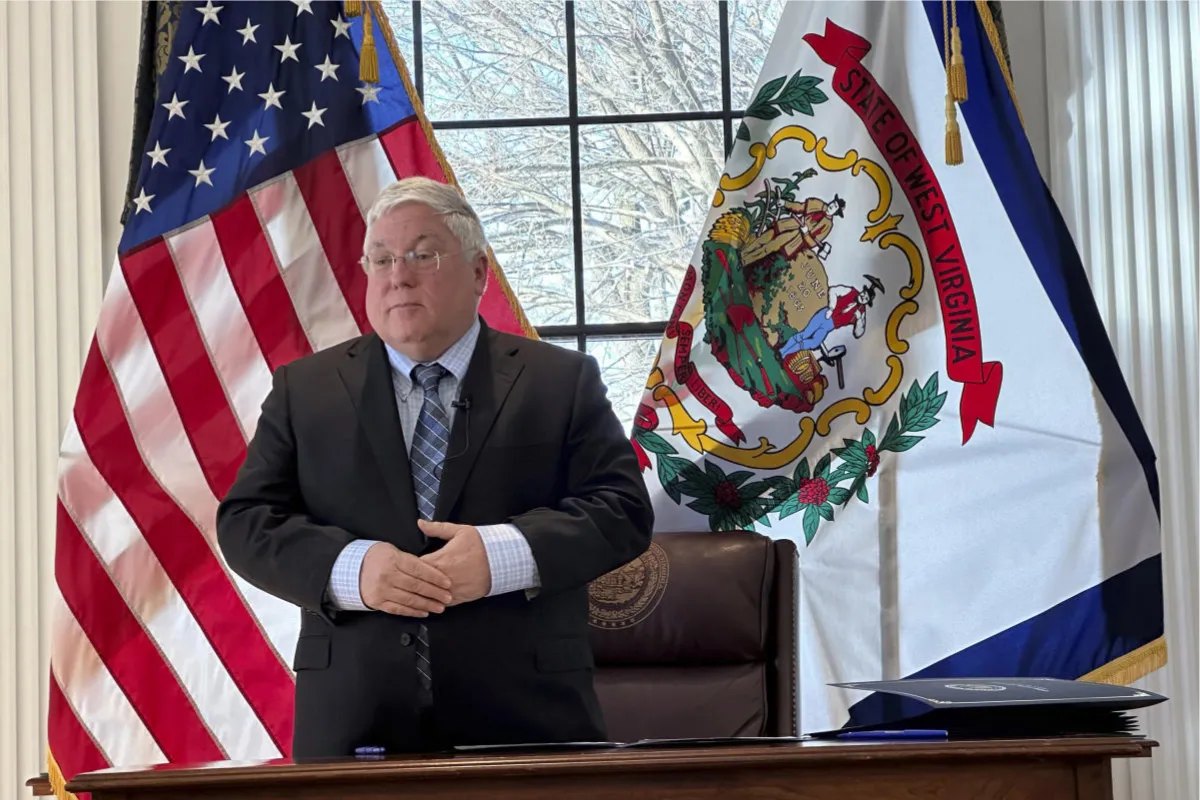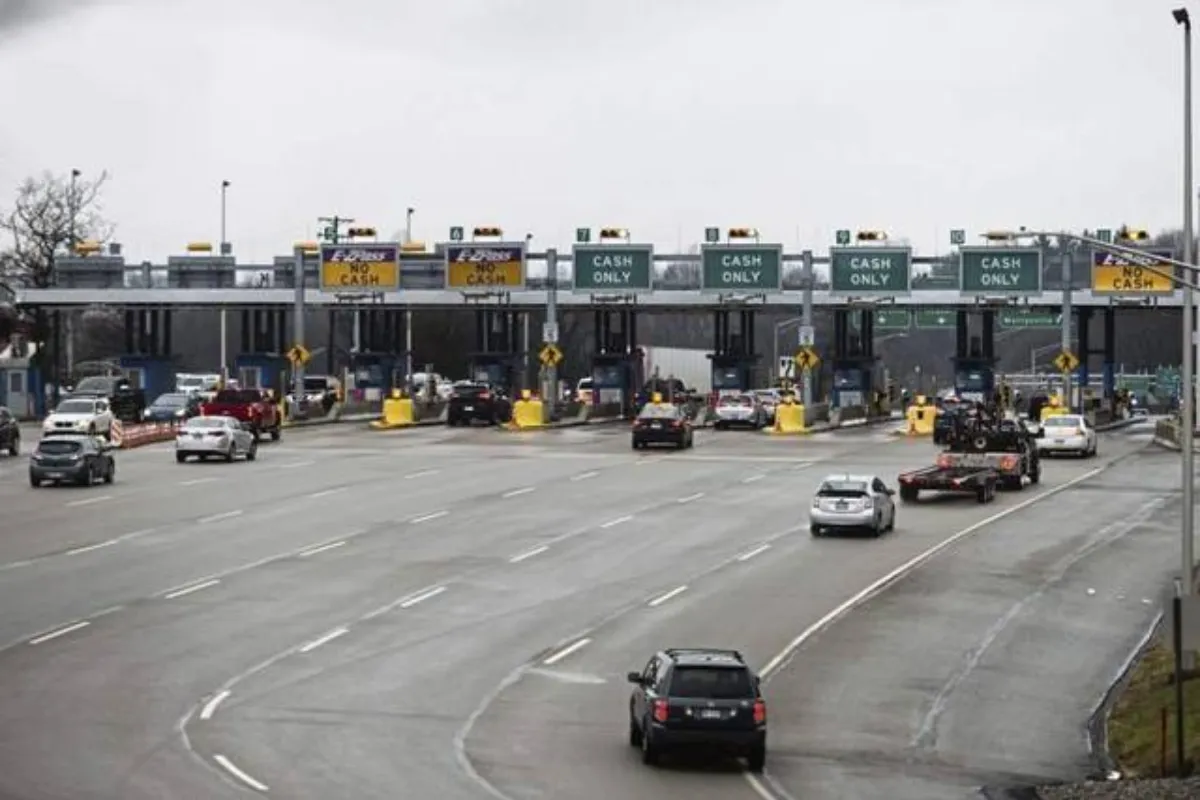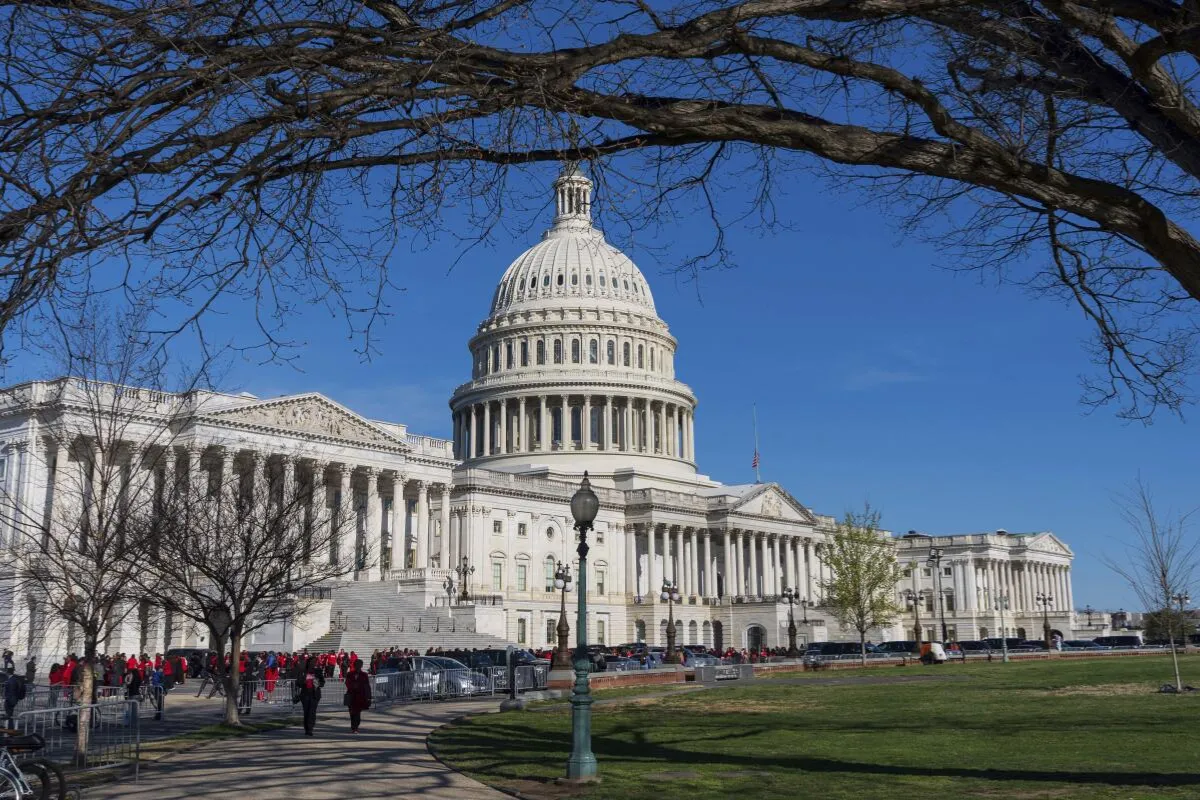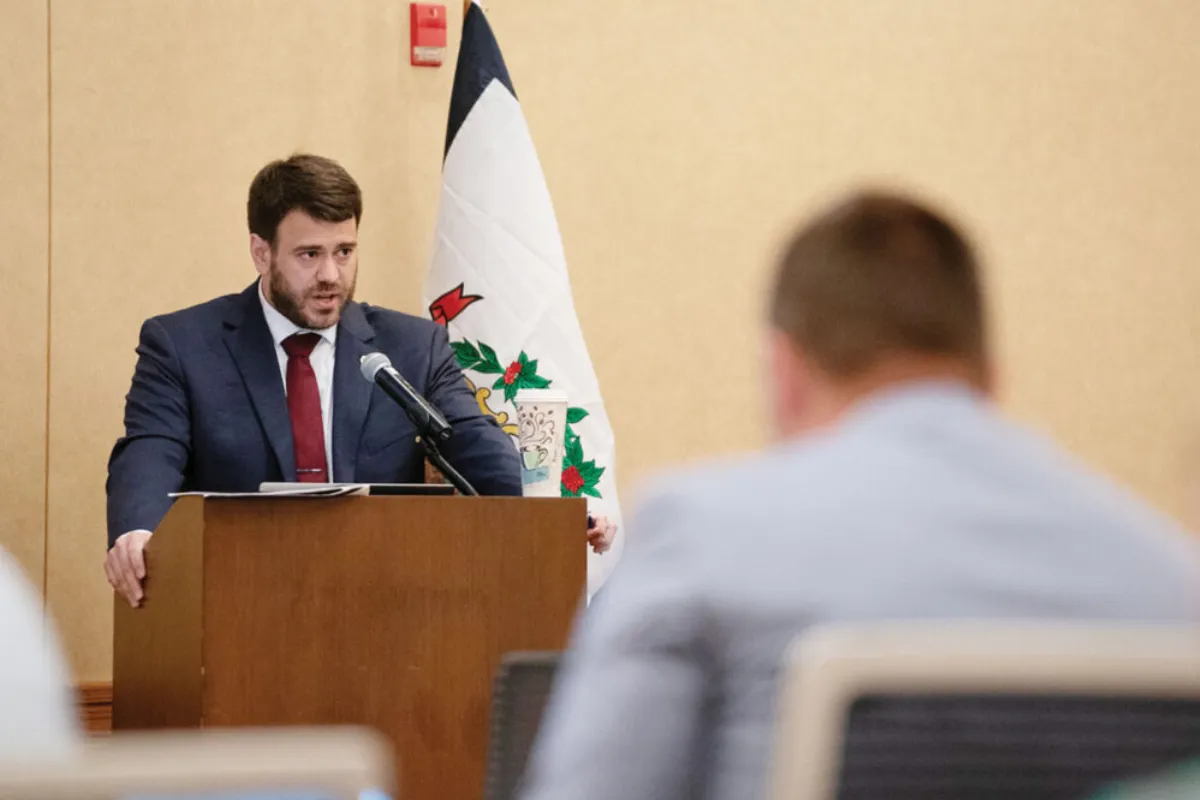When Gov. Patrick Morrisey signed a bill on May 7 to ban diversity, equity and inclusion (DEI) initiatives in state government, schools, and public colleges, he declared the movement “dead” in West Virginia. But a recent internal review tells a slightly different story—one that shows DEI was never that widespread to begin with.
At the heart of this matter is Executive Order 3-25, signed by Morrisey on January 14, just one day after he took office as the state’s 37th governor.
This order set out to identify and potentially dismantle DEI-related policies across West Virginia’s government landscape. It also outlined the definitions and criteria state agencies were expected to use when evaluating their policies for any DEI elements.
Now, months later, a closer look at the results of that review reveals that DEI programs and policies were not commonly embedded in West Virginia’s state structure. Out of 20 cabinet-level departments and governor-appointed boards, 11 reported they found no trace of any DEI-related programs or policies, as defined by the executive order.
These findings were obtained from the Governor’s Office through a Freedom of Information Act (FOIA) request and present a clearer picture of the extent—or lack thereof—of DEI within state government. Essentially, more than half of the agencies and departments reviewed found no policies that met the criteria of being DEI-specific.
The law signed earlier this month builds on the governor’s executive order and formally prohibits DEI programs in several major areas of public service and education. The measure has generated both strong support and equally strong criticism across political and academic circles.
Supporters argue that banning DEI is necessary to maintain fairness and neutrality in state institutions. Critics, however, warn that the move could set back efforts to create inclusive spaces for all residents, particularly those from historically underrepresented or disadvantaged backgrounds.
The fact that so few DEI policies were found calls into question the necessity and urgency of such a sweeping ban. It also suggests that West Virginia was not operating with a robust DEI framework to begin with, at least not in the way that the current administration defines it.
While Morrisey’s administration has painted DEI as a politically driven framework, others argue that its primary intent is to ensure access, equity, and representation for all citizens. By declaring DEI “dead,” the governor has not only made a political statement but also drawn national attention to West Virginia’s stance on these social policies.
As the state moves forward under this new directive, the conversation around diversity and inclusion in public institutions is unlikely to disappear. Instead, it may continue to evolve—either underground or through new terminology and approaches—depending on how strongly communities and organizations value the principles DEI was meant to uphold.
In the meantime, the results of the recent review serve as a reminder that rhetoric often paints a more dramatic picture than the facts on the ground. While DEI may now be banned by name, its true presence in West Virginia’s government appears to have been minimal from the start.
















